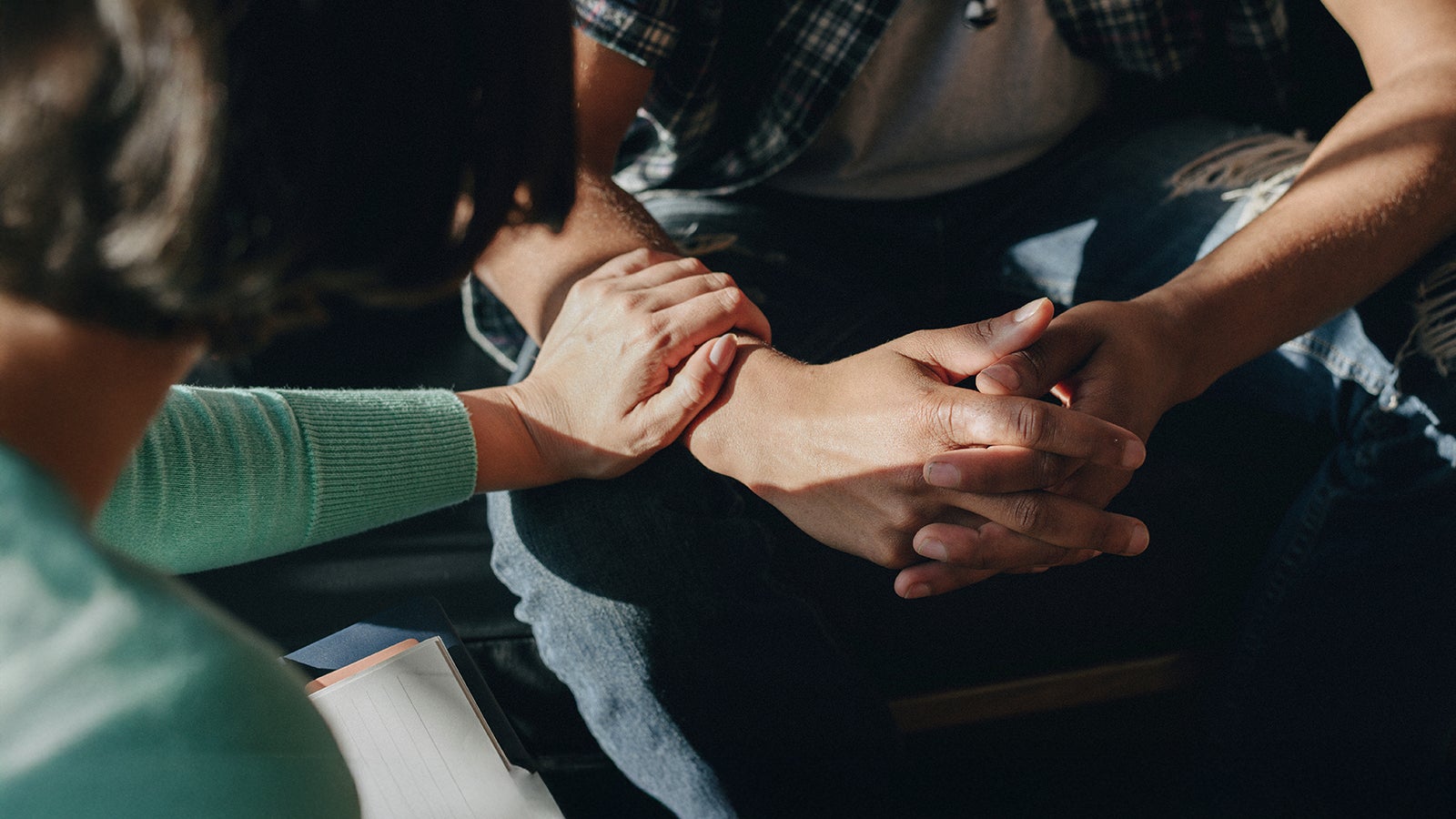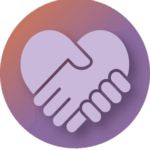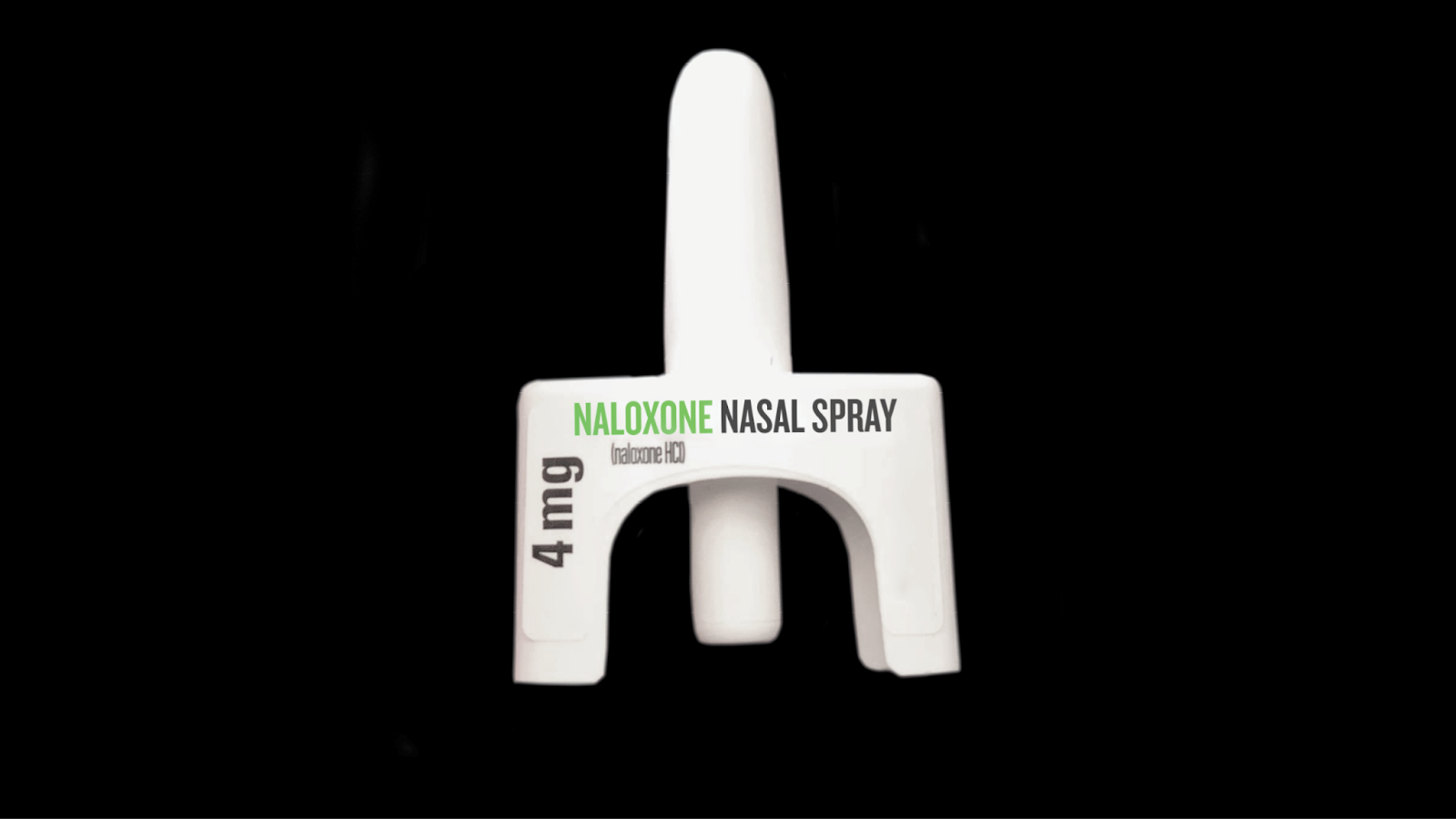Statewide Resource Guide Now Available
You can download a copy of our Statewide Resource Guide to find help across Georgia for Opioid Harm Reduction, Treatment, and Recovery Support. Would you prefer paper copies of the flyer? Just email us at ihla@georgiasouthern.edu.
Free training, harm reduction supplies, and resources.
Do you represent a rural jail, prison, or first responder agency in Georgia?
Re-entry support in our communities.
If your community organization supports justice-involved or justice-affected individuals we want to add you to our resource map! Support means more than just opioid recovery, it means housing, jobs, mental health, food security, child care, etc.







